You surely know the most famous monument in Peru.
This 15th-century Inca citadel is famously known for its location and mystery and is located above the sacred valley in the Cuzco region of Peru.
It’s one of the 7 wonders of the world and the best-known icon of the Incan civilization.
Why and when was Machu Picchu built? What happened to it? This and many more items are covered in the ultimate list of facts about Machu Picchu.
1. When and why was Machu Picchu built?
First of all, Machu Picchu was a royal estate. It was commissioned by the ruler of the Incan civilization at that time called Pachacutec Inca Yupanqui.
This means that it’s not the “lost city of the Incas” as it’s sometimes erroneously being referred to.
He was known for his conquests and was able to expand the “Kingdom of Cuzco” and turn it into the Incan Empire that covered nearly all of the west of South America.
After one of his successful campaigns, the construction of the famous Machu Picchu estate started in the 1450s.

2. What is the meaning of Machu Picchu?
In the Quechua language, Machu means “old” and Picchu means “pyramid” or “cone.” The commonly used translation is “old mountain.”

The Quechua people are the indigenous people of Peru who live in the Andes mountains.
An interesting fact about Machu Picchu: The language its name comes from is still spoken in many parts of Peru today, and even is the second official language of multiple regions and the second most spoken language in Peru.

3. The location of Machu Picchu is fascinating
We are aware that the Quechuan people who built Machu Picchu are indigenous people of Peru who are used to living in high areas of the Andes mountains.
Machu Picchu is located on a mountain ridge about 2,430 meters (7,970 ft) above sea level. It’s built against a cliff with a 400-meter (1,312 ft) drop.
Remember that in those days, there was no transportation, and the stones to build the Machu Picchu were either brought in by hand and cut out of a nearby mountain.
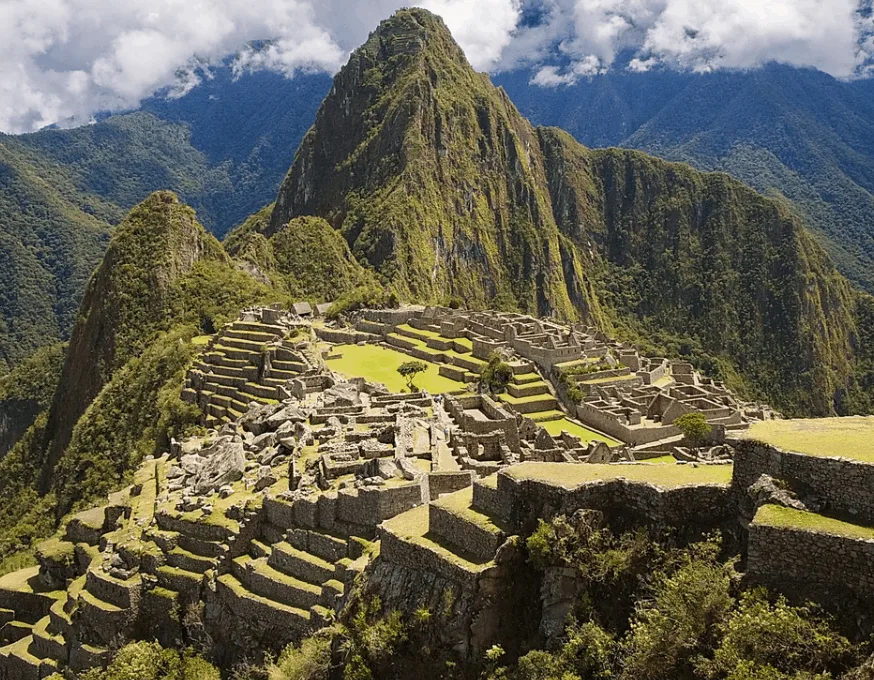
4. Building technique of Machu Picchu
Using mortar was pretty much useless for the construction of Machu Picchu because it was located on two fault lines making it prone to seismic activity. One of the reasons for this was the availability of fractured stones that could be used for construction.
Instead of using mortar, they used a building technique called “ashlar” which the Incas mastered. They would cut the stones so precisely that no mortar was needed at all. Better yet, it actually helped to stabilize the building.

5. The Machu Picchu Terraces
One of the most famous images instilled in people’s minds regarding Machu Picchu is its terraces on the hillside of the complex.
But why does Machu Picchu have terraces?
These terraces would retain the water and prevent it from flowing down the mountain. So they are basically there to prevent landslides, mudslides, floods, and erosion.
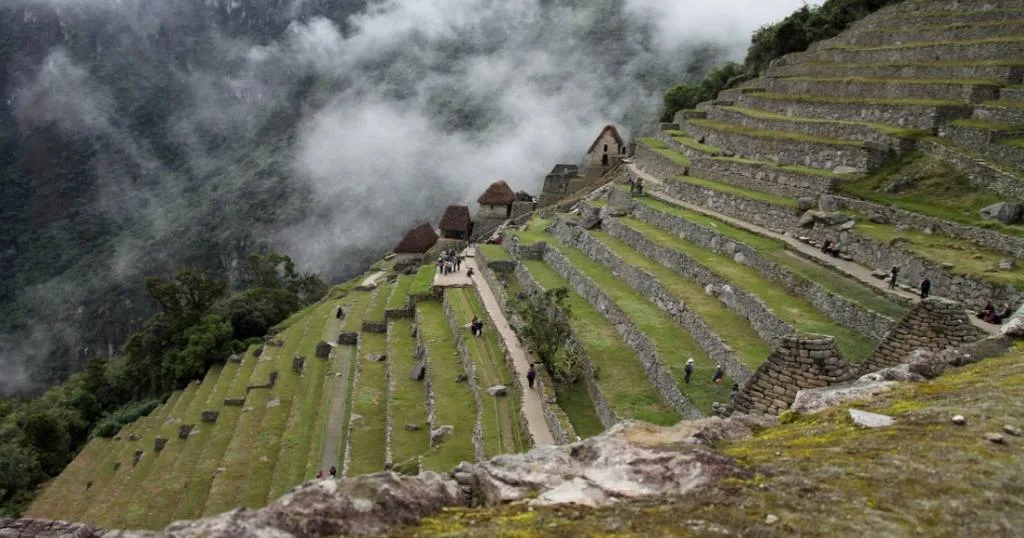
6. A lot of construction work was underground
Machu Picchu is so visually appealing that you would almost forget that it has some remarkable “invisible” engineering feats.
One of those is a highly sophisticated drainage system made out of crushed rocks (what else?) that is connected to the terraces. This would allow the water to flow away easily.
Another feature is a deep foundation that was needed to further stabilize the building that was guaranteed to be hit by multiple earthquakes for being on two faultlines.
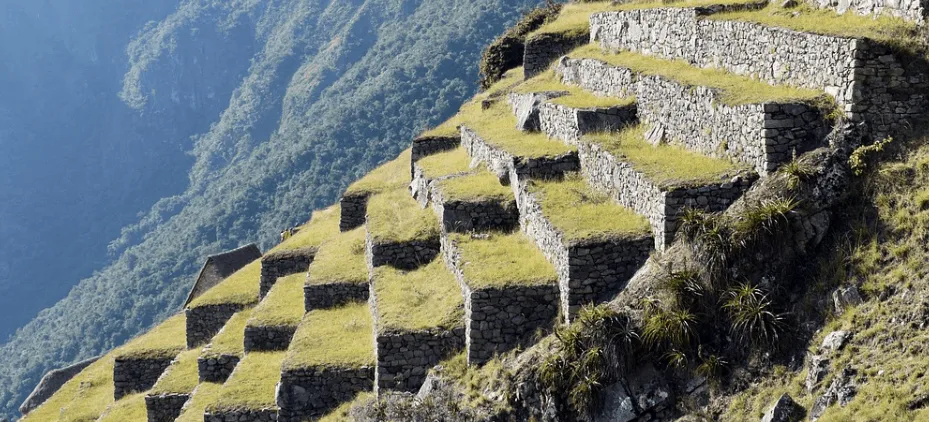
7. About 750 people lived in Machu Picchu
Machu Picchu consists of 200 buildings. These include houses, storage rooms, a central plaza, and religious buildings.
As Machu Picchu was simply an estate for the Inca emperor Pachacuti, most of the people living there were servants to him. Some support staff lived permanently at Machu Picchu.
Other people living there were religious specialists and specialized workers.
During the harsh winter months, only about 100 people stayed there including servants and some religious specialists who performed the role of maintaining the estate.

8. Machu Picchu was abandoned
In 1572, Machu Picchu was permanently abandoned by the Incas. That’s also the year that the Incan Empire fell and the last Incan emperor was captured and executed by the Spanish.
So the reason it was permanently abandoned is because of the final resistance of the Incas to the Spanish conquest, which failed the same year.
Another possibility is that the remaining people living at Machu Picchu died from smallpox brought in by visitors.
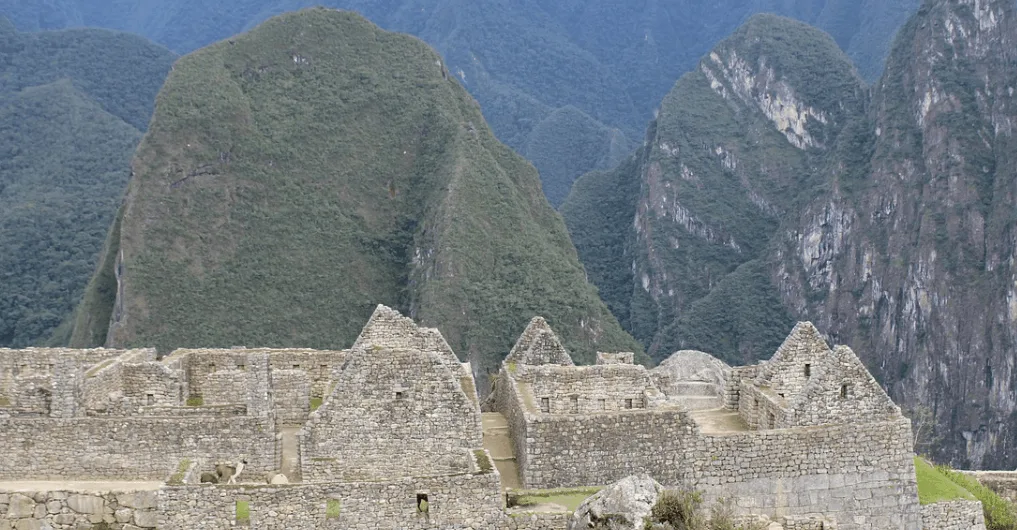
9. The Spanish never found it
Something we most probably all should be happy about is the fact that the Spanish never discovered Machu Picchu.
There’s only a single reference in the notes of the conquistadores about a place called “Picchu.”
The proof that they never found Machu Picchu is the fact that sacred stones at the site remained intact. Just about anywhere else, religious signs were destroyed and sites were plundered by the Spanish, and this didn’t happen in Machu Picchu.
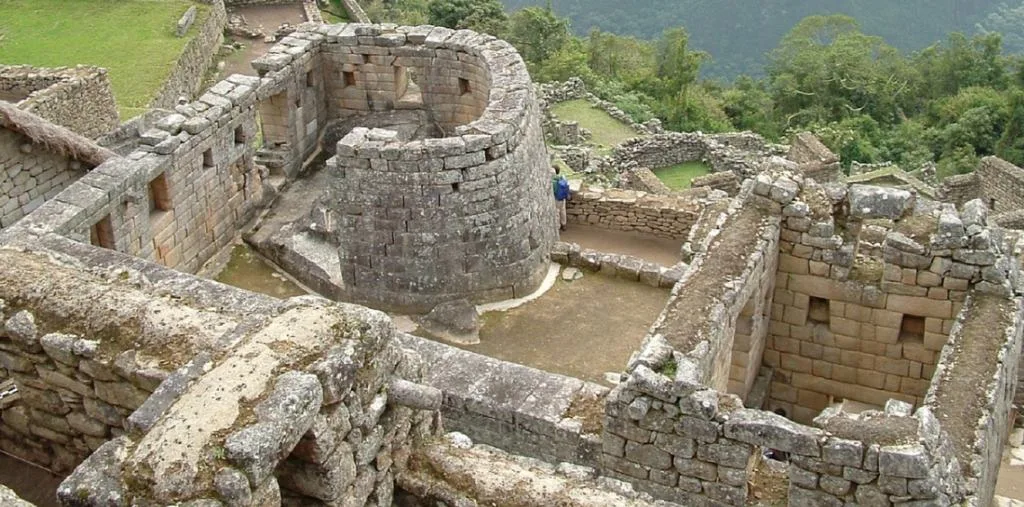
10. Who rediscovered Machu Picchu?
In 1911, Hiram Bingham III apparently discovered Machu Picchu and brought it to the world’s attention. Locals have always known of its existence and while trying to find the lost Incan capital, he was mistakenly led to Machu Picchu by local villager Melchor Arteaga.
New evidence however refute that Bingham was the first non-local to lay eyes on it. Apparently, a German businessman discovered and actually plundered Machu Picchu many decades earlier in 1867.
Augusto Berns bought a piece of land in the area and had plans to find and loot Peruvian monuments. Everything points toward the fact that he succeeded and was able to snatch a lot of valuables from Machu Picchu which he then sold on the black market.
Strangely enough, the Peruvian government was informed of his dubious plans and gave him the green light for it.
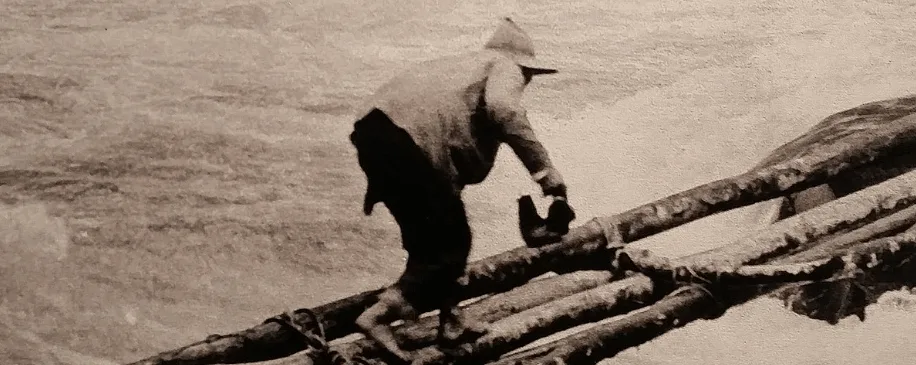
More interesting facts about Machu Picchu
11. During the time Machu Picchu was built, the Incan empire was at the height of its power and it was one of the greatest in South America. It covered areas of Peru, Bolivia, Chile, Ecuador, and Argentina. It’s estimated that they ruled over more than 20 million people.
12. The farming done on the terraces of Machu Picchu, mostly corn and potatoes, wasn’t enough to feed the 750 people that lived there. The additional food was imported from other towns and villages in the nearby valleys.
13. There’s a giant rock, named “the Intihuatana” that has puzzled scientists and archeologists. The most common conclusion is that it was used as an astronomical clock or calendar by the Incas. It can accurately predict equinoxes and twice a year the sun appears directly above it creating no shadow.
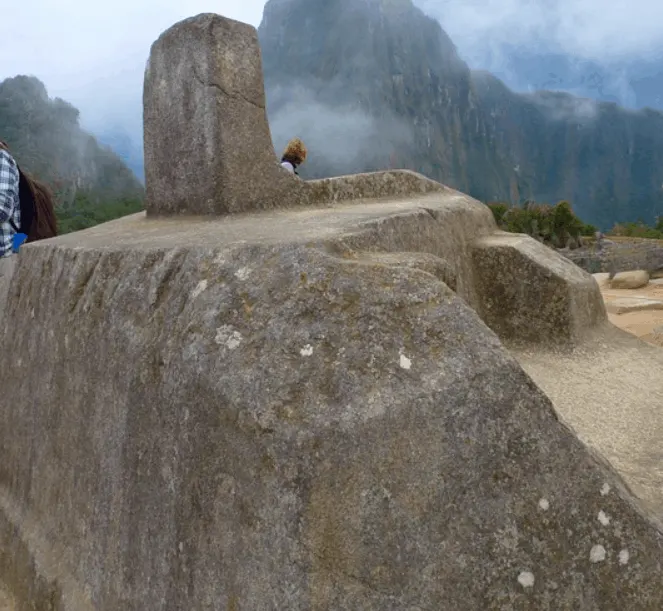
14. Astronomy played a big role in the Incan civilization. It was used to determine the best time to plant and harvest crops for example. This was needed as the Incas didn’t measure time and date the same way we do. To exemplify this, when the last Incan emperor Atahualpa was captured by the Spanish and asked how old he was, this was his reply:
“We do not use this western way of calculating time; but I can tell you that my life has seen 31 harvests since I was born.”
15. The Incas didn’t use wheels to transport the heavy stones used for the construction of the buildings up the mountains. It’s assumed that hundreds of men pushed these heavy stones up the hill.
16. Machu Pichu contains over 100 separate staircases. This would allow inhabitants to easily move from one section to the other. These staircases were all carved out of separate stones.

17. The German businessman Augusto Berns wasn’t the only one that took away artifacts from the site. The American Hiram Bingham who officially rediscovered the site was hired by the University of Yale and brought over 5,000 artifacts back home. This has been the cause of a huge legal battle with the Peruvian government. The dispute finally ended in November 2012 when Yale returned all artifacts it held to Peru.
18. The multiple canals that were built underground were an amazing feat of engineering. With just a few minor restorations, these canals could still take care of the irrigation and supply Machu Picchu with water.
19. The Incas had an advanced network of roads and mountain trails. One of them leads to the Machu Picchu area from where the site could be reached. At the time, the Inca road system was the most advanced in the entire region and it was at least 40,000 kilometers long (25,000 mi).
20. Even though the Incas knew of wheels, they didn’t practically use them. This is mainly because of the lack of strong animals to pull carriages for instance and the terrain in which they lived.
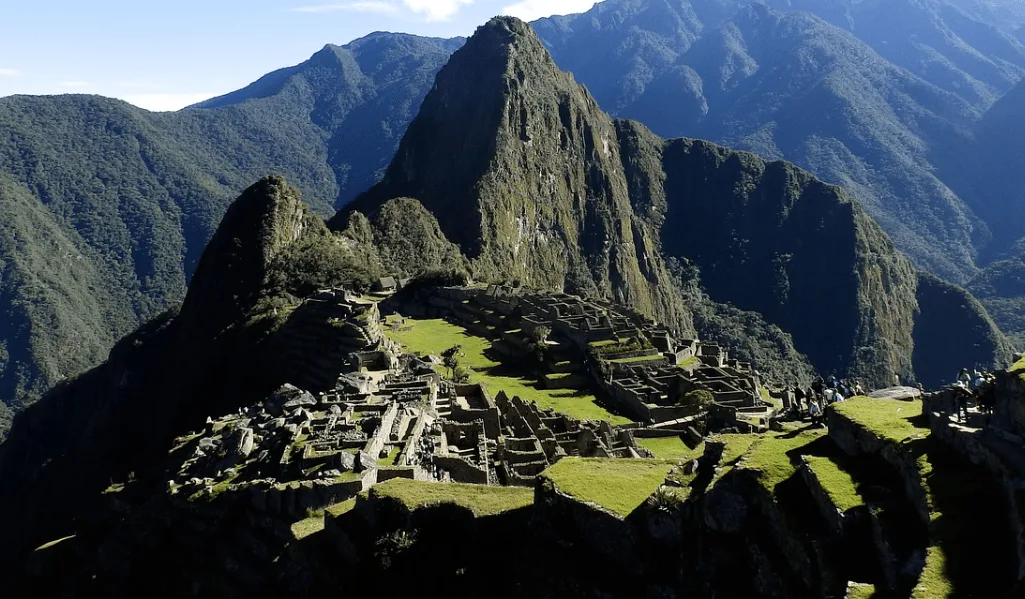
21. Machu Picchu is not just one of the 7 wonders of the world, it’s also on UNESCO’s list of both cultural and natural heritage sites.
22. Machu Picchu is Peru’s most popular tourist attraction. Despite its location, it receives well over a million tourists each year. To protect the site, the Peruvian government has created some restrictions allowing only 5,940 to access the site every day. UNESCO, on the other hand, has considered to out Machu Picchu on its list of world heritage in danger.
23. A lot of weirdos have found their way to Machu Picchu in 2014. The rise of nude tourists posing for pictures at the site caused the Peruvian government to ring the alarm bell and warn these “adventurers” of hefty fines if they get caught.
24. Machu Picchu is facing a rubbish crisis, as tourists reportedly leave behind 5 tonnes of rubbish every day. The counter-action of local authorities is trying to turn the entire area into an eco-friendly zone, which would be the first in the country.
25. Machu Picchu is very popular amongst hikers who want to enjoy the amazing scenery. An interesting fact about Machu Picchu and its “Inca Trail” is that most of the pathways are original Inca constructions.
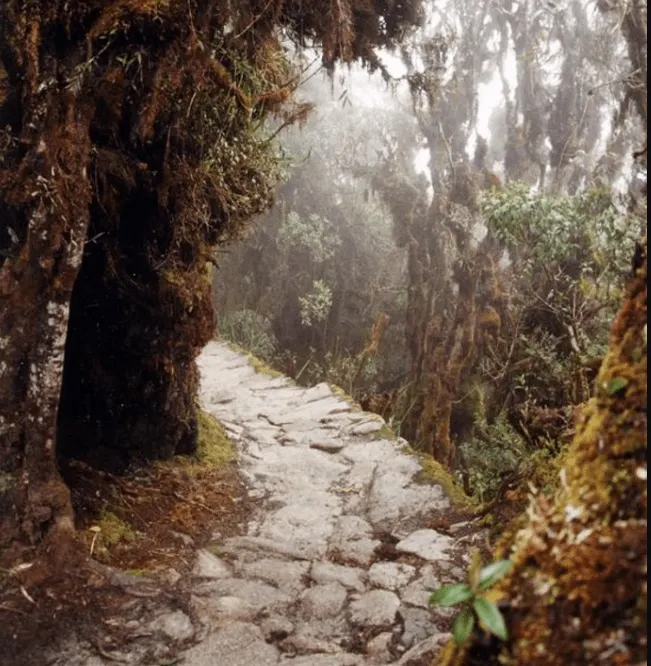

Leave a comment
You must be logged in to post a comment.